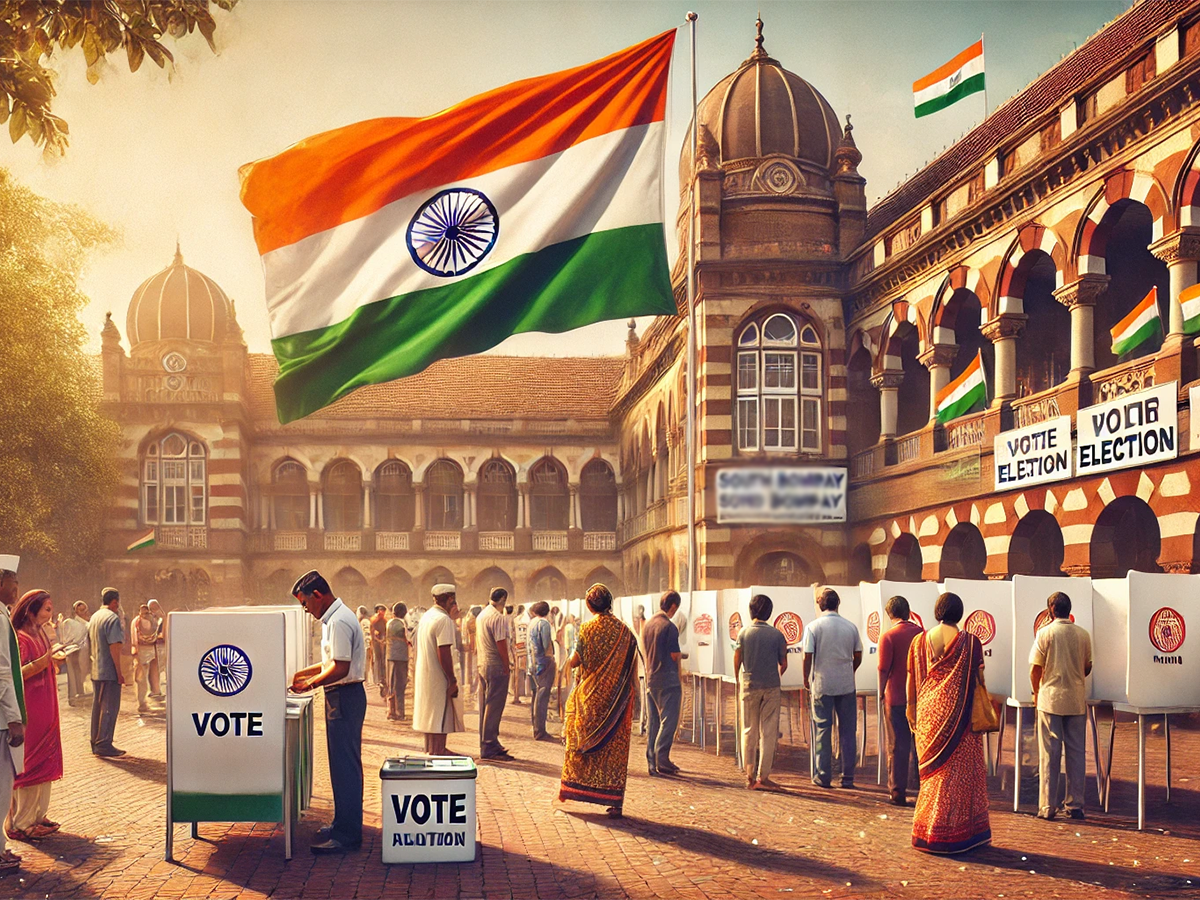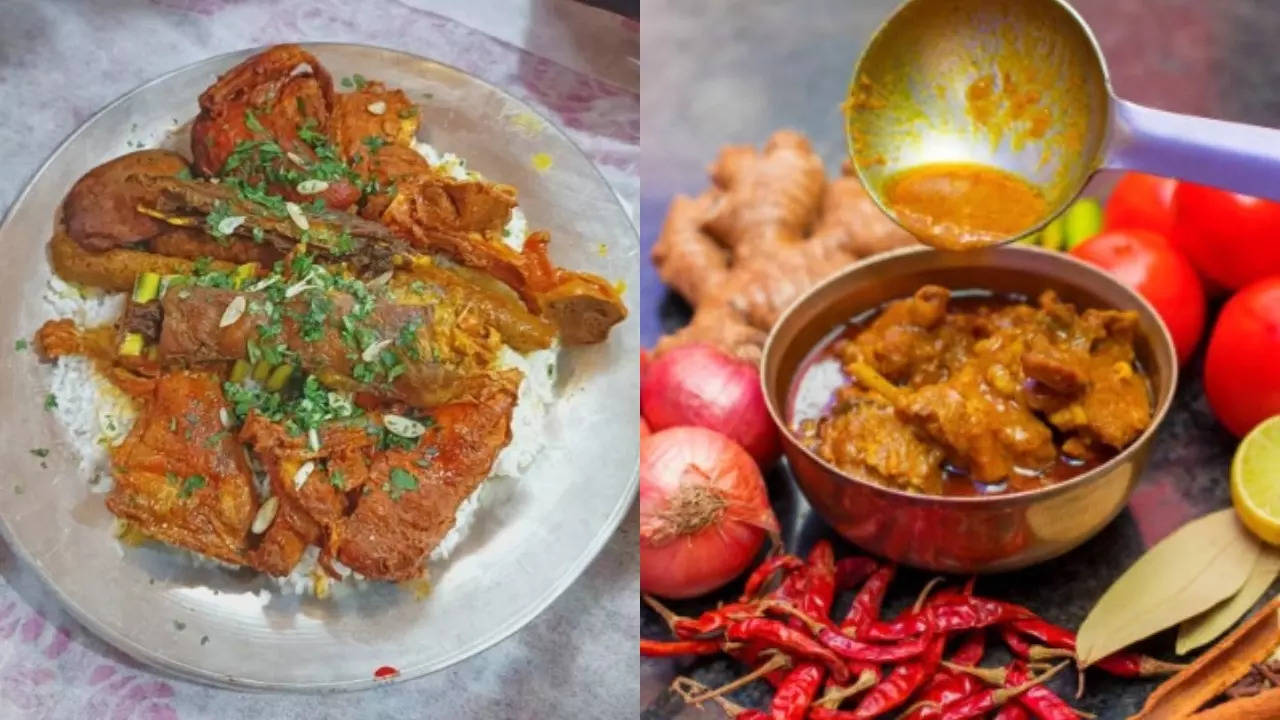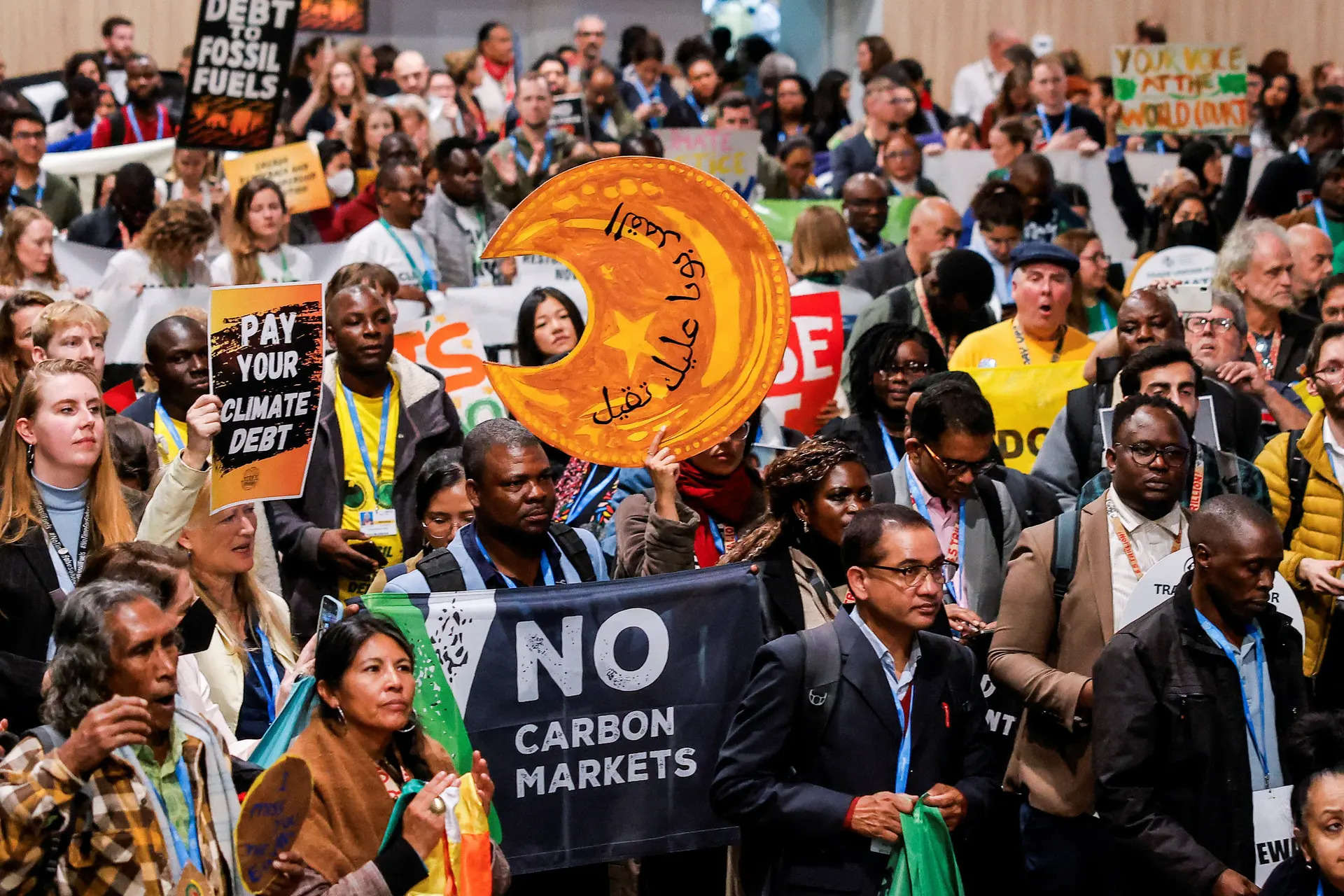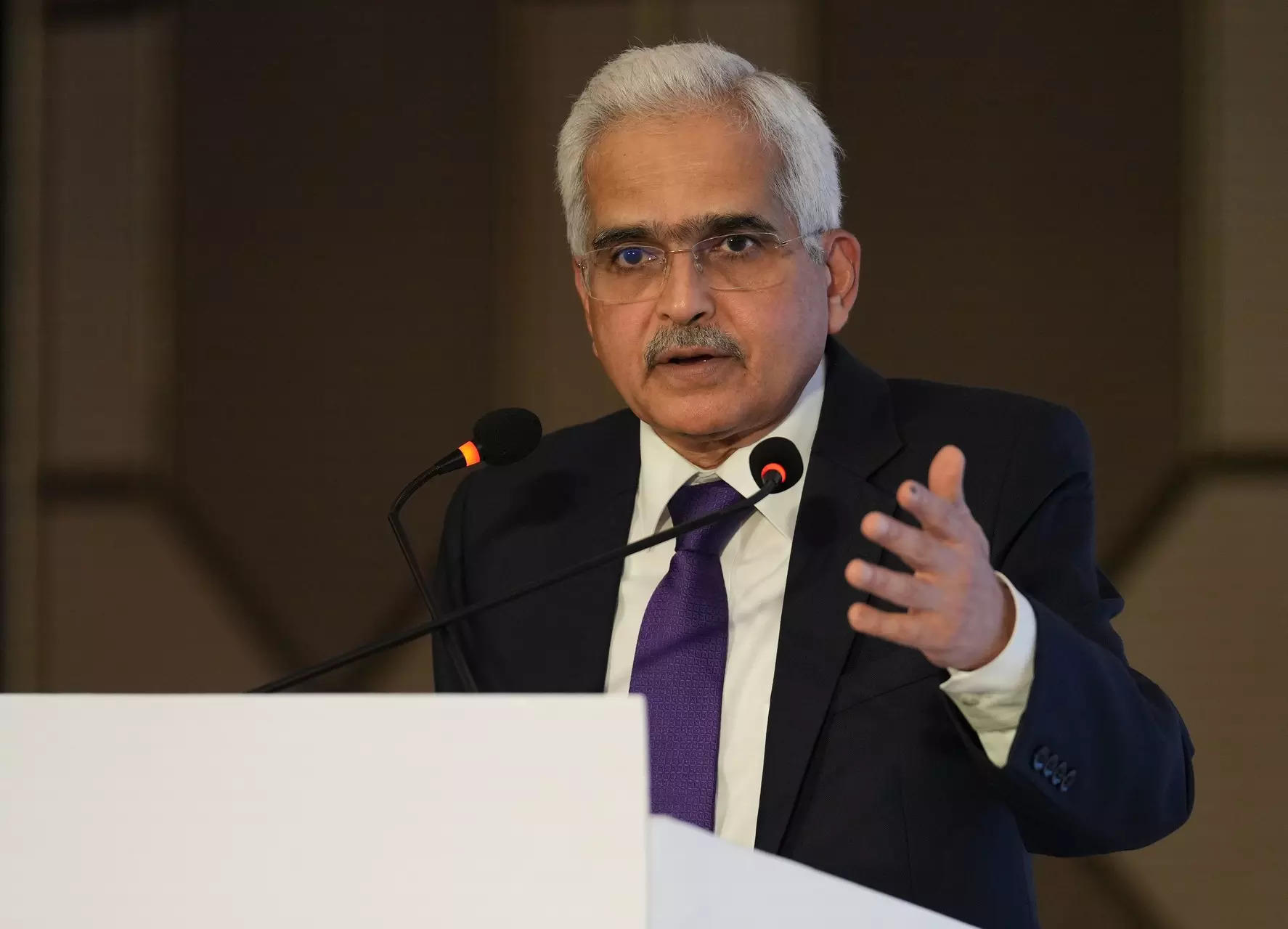
THE recovery of bricks of cocaine floating on our country's eastern coastlines earlier this month strongly indicates that the Philippines remains a major transshipment point for drug smugglers in the region.
Individual bricks, each weighing approximately 1 kilogram and with a street value of about P5 million, have been retrieved by fishermen in Surigao del Sur and Surigao del Norte provinces since March 1. But the biggest haul was on March 8, when 20 bricks wrapped in large plastic bags and valued at P106 million turned up in Arteche town in Eastern Samar.
In all, P122.7 million in cocaine was retrieved from coastal waters in March alone.
Authorities have long suspected that drug-running ships transfer their cargo to local boats. The transfer takes place in the high seas, sometimes during rough weather, so some of the bricks may have been lost and carried by currents close to shore.
If the recovered cocaine alone is worth millions, the cargo successfully delivered must come up to billions. These are shipped — via drug couriers or consigned packages — to narcotics hubs in the region.
Col. Jean Fajardo, the spokesman for the Philippine National Police, said it's possible the drugs "may have come from the South America area, and they are using the Philippines as a transshipment point."
The cocaine is not intended for local distribution "because the market of cocaine here in the Philippines is still small," she said.
But while shabu (methamphetamine hydrochloride), also known as the poor man's cocaine, is still the substance of choice among the country's drug abusers, foreign cocaine traffickers could also be making inroads into the local market, she added.
Since 2009, 255 cocaine bricks have been recovered from the country's waters. "But we are not 100 percent sure whether the source of the cocaine bricks recovered, particularly in 2009 and 2010, is the same source of the recovered drugs that we have now," Fajardo said.
Regardless of the source, the global cocaine market continues to expand. In its 2023 World Report, the United Nations Office on Drugs and Crime noted that cocaine consumption has been growing. To meet the demand, drug syndicates continue "to evolve, diversify and become more efficient."
The UN agency believes the "increasingly globalized, interconnected, digitalized and technologically sophisticated nature of society, as well as a growing affluent demographic in some regions where cocaine use has traditionally been low, can potentially catalyze and accelerate this expansion."
Following the recent retrievals of cocaine bricks, the Philippine Coast Guard has been directed to step up its patrols, particularly in the waters where the bricks had washed up.
But coast guard patrols alone will not stop the cocaine smugglers. Neighboring countries, combining their resources to form a deterrent against cross-border drug trafficking, might.
This narcotics threat has prompted the Association of Southeast Asian Nations (Asean) to work together and with other countries to combat drug trafficking and transnational crime. As early as 1972, Asean had adopted a policy to consider narcotics trafficking as a transnational crime. The policy for combating narcotics crimes was agreed upon at the Asean Drugs Experts Meeting on the Prevention and Control of Drug Abuse, which was held in Manila at the end of October 1972. It called for harmonizing laws and regulations on drug trafficking, the setting up of coordinating bodies in the member-states, and bilateral, regional and international cooperation in fighting traffickers.
During the Asean Senior Officials Meeting on Drug Control in 2019, a decision was reached to set up the "1511 plan," a strategy to crack down on cross-border drug trafficking and go after big drug ringleaders in the Mekong region, where cocaine growing has been thriving for decades.
The Philippines, Indonesia and Malaysia already have existing agreements to jointly guard common borders against smuggling and terrorism.
These initiatives can be interlaced and fine-tuned into a formidable weapon against narcotics traffickers.
Read The Rest at :









